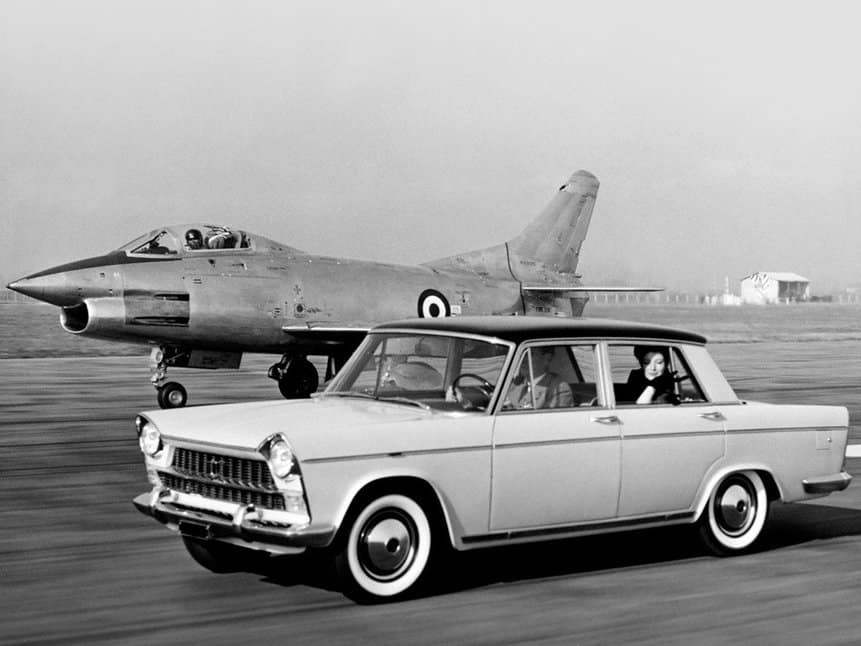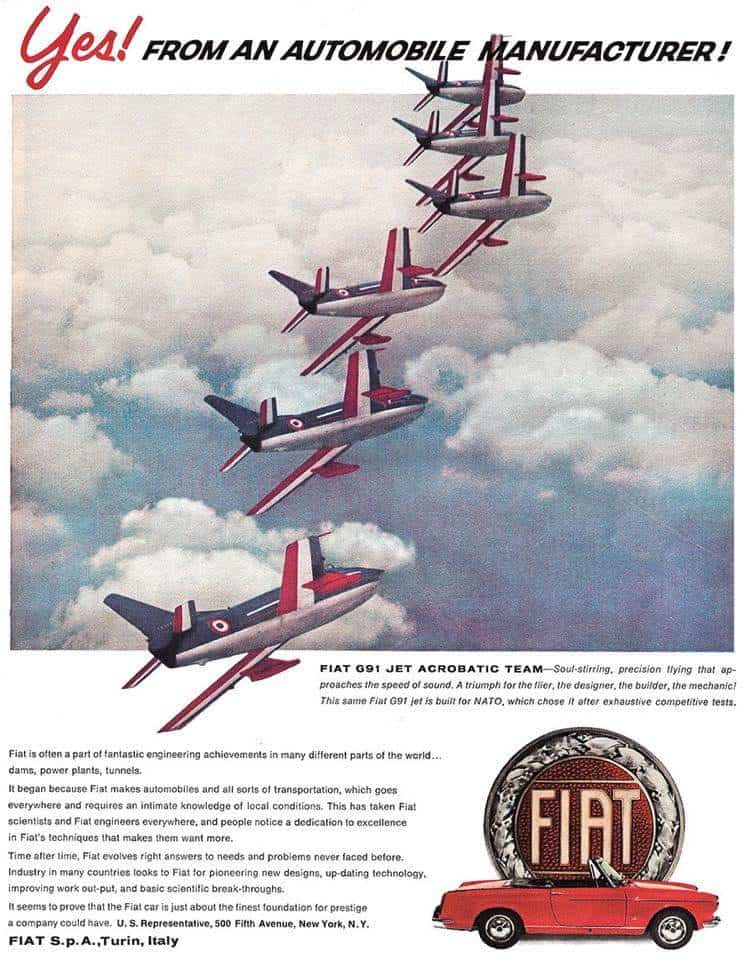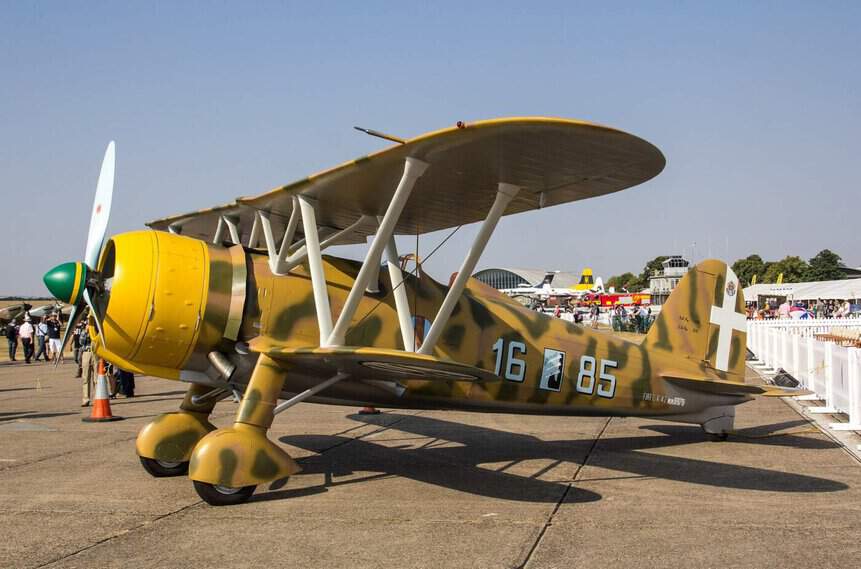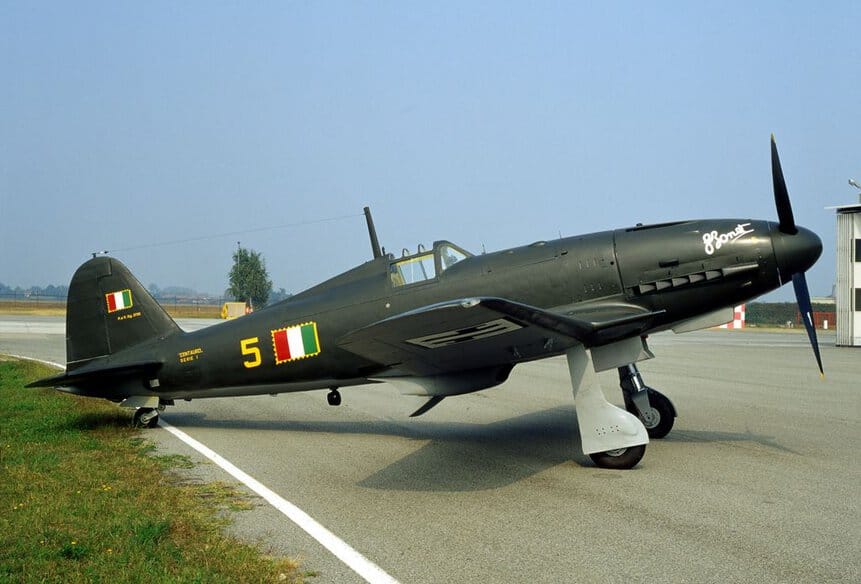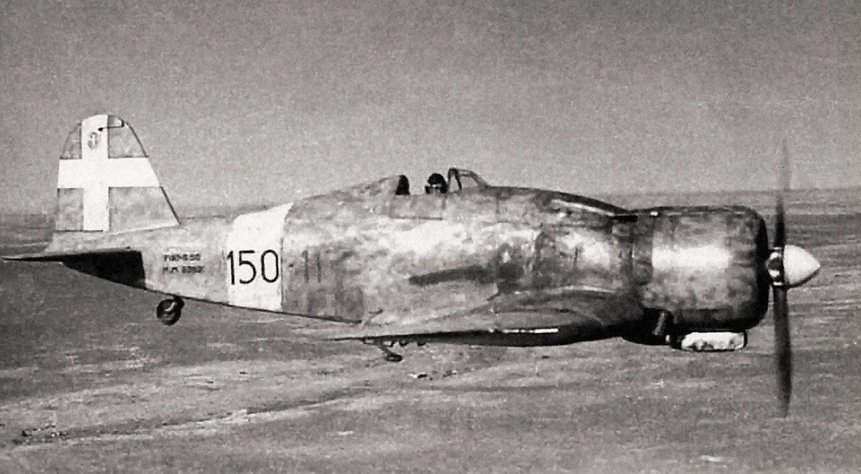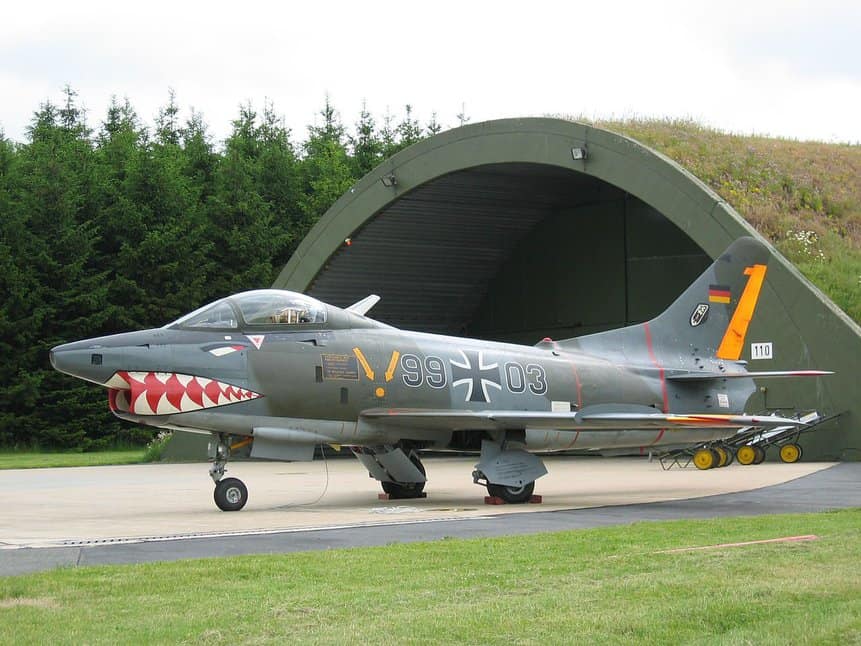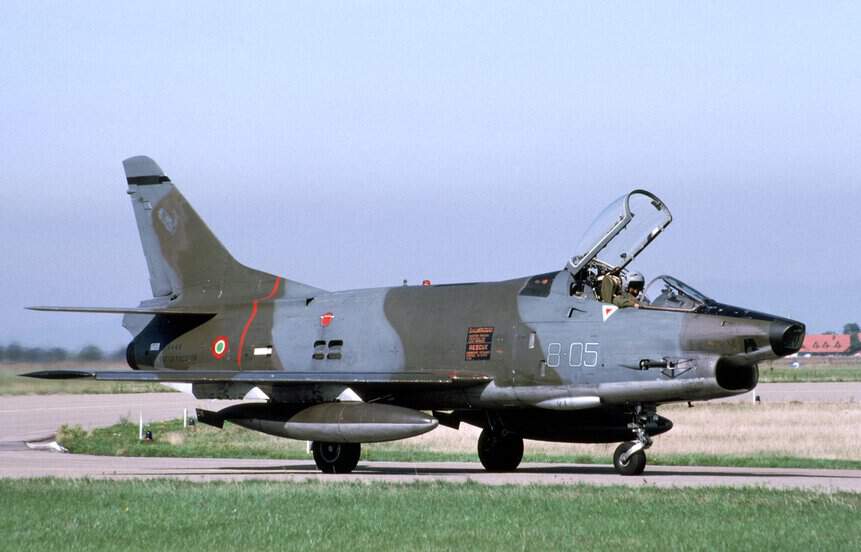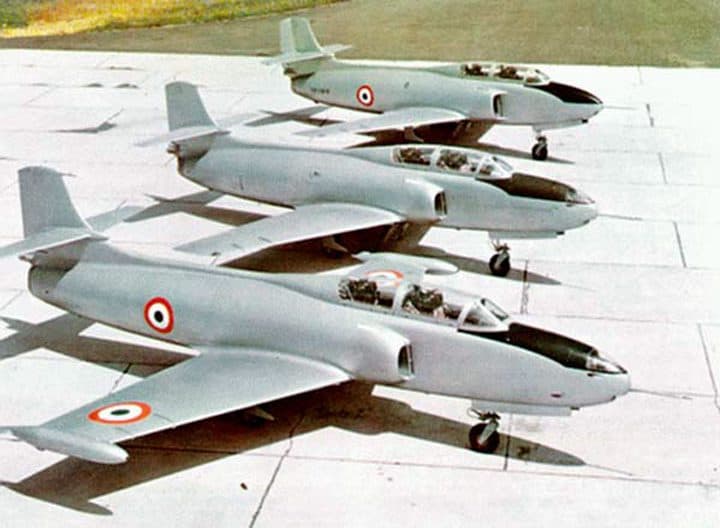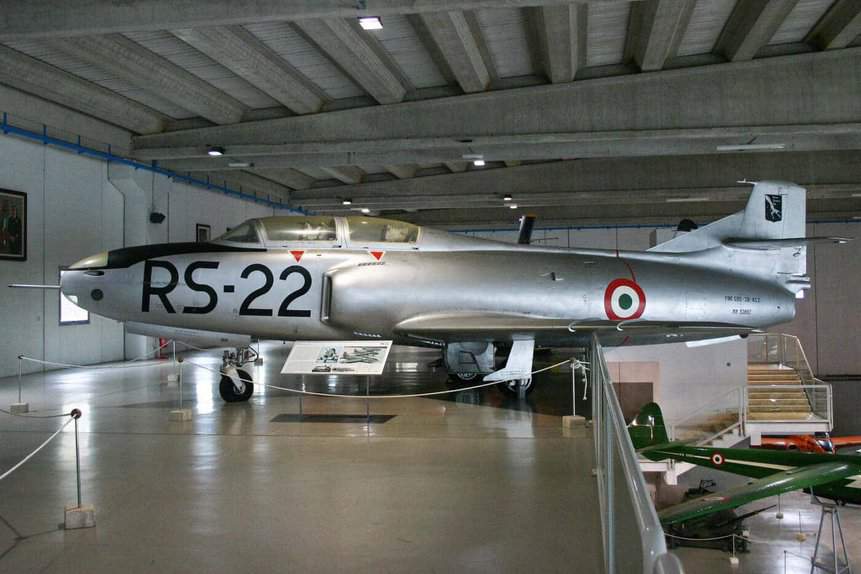The Italian manufacturer Fiat is certainly well known in Brazil for its cars. Iconic models such as Uno, Strada, Fiorino, Palio and others are still part of everyday life for many Brazilians.
However, many do not know that in the past Fiat was also one of the largest manufacturers in the aeronautical sector in Italy. Fiat Aviazione emerged in 1908 with the manufacture of aircraft engines.
With the end of the 1st World War, the manufacturer from Turin started to produce its own planes. Despite having made efforts in commercial aviation, which was still taking its first steps, it was with military models that Fiat consolidated its name in aviation.
Today, Fiat no longer produces aircraft. The Leonardo Group, which absorbed most of Italy's aeronautical manufacturers, took that place.
CR.42 Falcon
Designed by Celestino Rosatelli, one of Fiat's main designers, the CR.42 is a biplane produced in the late 1930s. Developed from the CR.32, the Falco could exceed 440 km/h thanks to its powerful radial engine. A.74 with 14 cylinders, also manufactured by Fiat.
As a fighter plane, the CR.42 initially had a 7.7mm and a 12.7mm gun. Later, the armament was reinforced in the form of four 12.7mm machine guns manufactured by Breda SAFAT.
In the hands of the Regia Aeronautica, the CR.42 fought on several fronts, such as France, Greece and the island of Malta. At the end of its operational life, it was relegated to training flights and instructing new aviators. More than 1800 units were produced and the model also operated in Germany, Sweden, Belgium, Croatia, Spain and Hungary. Today, four planes are preserved in Italy, Sweden and England.
G.55 Centaur
Fiat's Centauro is considered one of the best Italian fighters of the Second World War, sharing the title with the Macchi C.205 and the Reggiane Re.2005. The powerful RA.1050 RC58 Tifone engine (Italian version of the Daimler-Benz DB 605 used in the Bf 109) allowed it to reach an incredible 620 km/h.
In addition to high speed, the plane designed by Giuseppe Gabrielli had heavy armament: three German MG20 151mm cannons and two Italian 12.7mm machine guns equipped the production G.55 series I.
Despite its excellent performance, the G.55 had a short operational life. The model only started to be produced in 1943, the same year that Italy signed the armistice. In 1944, in the hands of aviators who were still fighting the Allies, the G.55 faced fighters like the P-51 Mustang, Supermarine Spitfire and P-47 Thunderbolt in the final chapters of the War.
G.50 Frequency
The G.50 Freccia (arrow) entered service with the Regia Aeronautica in 1938, operating alongside the CR.42 biplane. With an open cockpit and powered by the A.74, the G.50 came to face the Hawker Hurricane in England. However, the Italian plane had a slightly lower performance than the British one.
The aircraft was armed with a pair of 12.7mm machine guns and could reach 470 km/h. With the beginning of the Second World War, it was verified that its armament, autonomy and speed were already insufficient in relation to the newest aircraft of the conflict.
On the other hand, the G.50 saw extensive use in the hands of the Finnish Air Force, which only retired the aircraft in 1946. The Freccia was also operated by Croatia, Spain and Germany.
G.91 'Ginny'
Certainly one of Fiat's most recognized fighter planes, the G.91 was operated by the air forces of Italy, Germany and Portugal. With the latter, the plane saw combat in Angola and Mozambique during the Colonial Wars.
The Gina, as it was nicknamed, was the winner of NATO's NBMR-1 requirement, which established a light fighter-bomber capable of carrying tactical nuclear warheads. The aircraft surpassed the French Taon, Mystère XXVI/Étendard VI and Baroudeur, the Italian Sagittario 2 and the North American N156 (which later became the F-5 Freedom Fighter).
Powered by a Bristol Siddeley Orpheus turbojet, the G.91 reached 1070 km/h. It was armed with four .3 caliber Browning M50 machine guns, although a Luftwaffe version (G.91R/3) was fitted with 30mm DEFA guns. In addition, the G.91 could use general purpose bombs, rockets, air-to-air and air-to-ground missiles.
The jet was produced for nearly 20 years and was retired in 1995 by the Italian Air Force after 35 years of operation.
Fiat also produced the G.91Y for Italy. This version had two General Electric J85-GE-13A engines with afterburners, the same type used by the F-5A/B. More powerful than its predecessor, the G.91Y had two DEFA cannons and four bays for the use of different weapons. The aircraft was replaced by the AMX A-11 Ghibli in 1994
G.80 / G.82
A lesser-known plane, the G.80 never even entered full-scale production, but it was in service with the Italian Air Force. Its design represents the first modern jet designed in Italy and arose out of a need by the Italian Air Force (AMI) for a new trainer jet. As armament, it could receive M3 machine guns .50 caliber BMG.
Two two-seat prototypes were produced and passed on to AMI. However, tests with the military organization showed that the G.80 did not meet the stipulated requirements.
Nonetheless, Fiat improved the G.80 with wingtip tanks and the popular Rolls-Royce Nene engine. The manufacturer tried to present the new model, designated G.82, in another NATO application that would select a standard instruction jet. Still, the military alliance competition was canceled before it even started.
The G.82s were transferred to AMI, which used them as test aircraft. Years later, the definitive training aircraft would become the Aermacchi MB-326, produced in Brazil under license by Embraer, with the designation EMB-326 Xavante.
Do you want to receive our news firsthand? Click Here and be part of our Group on Whatsapp or Telegram.

